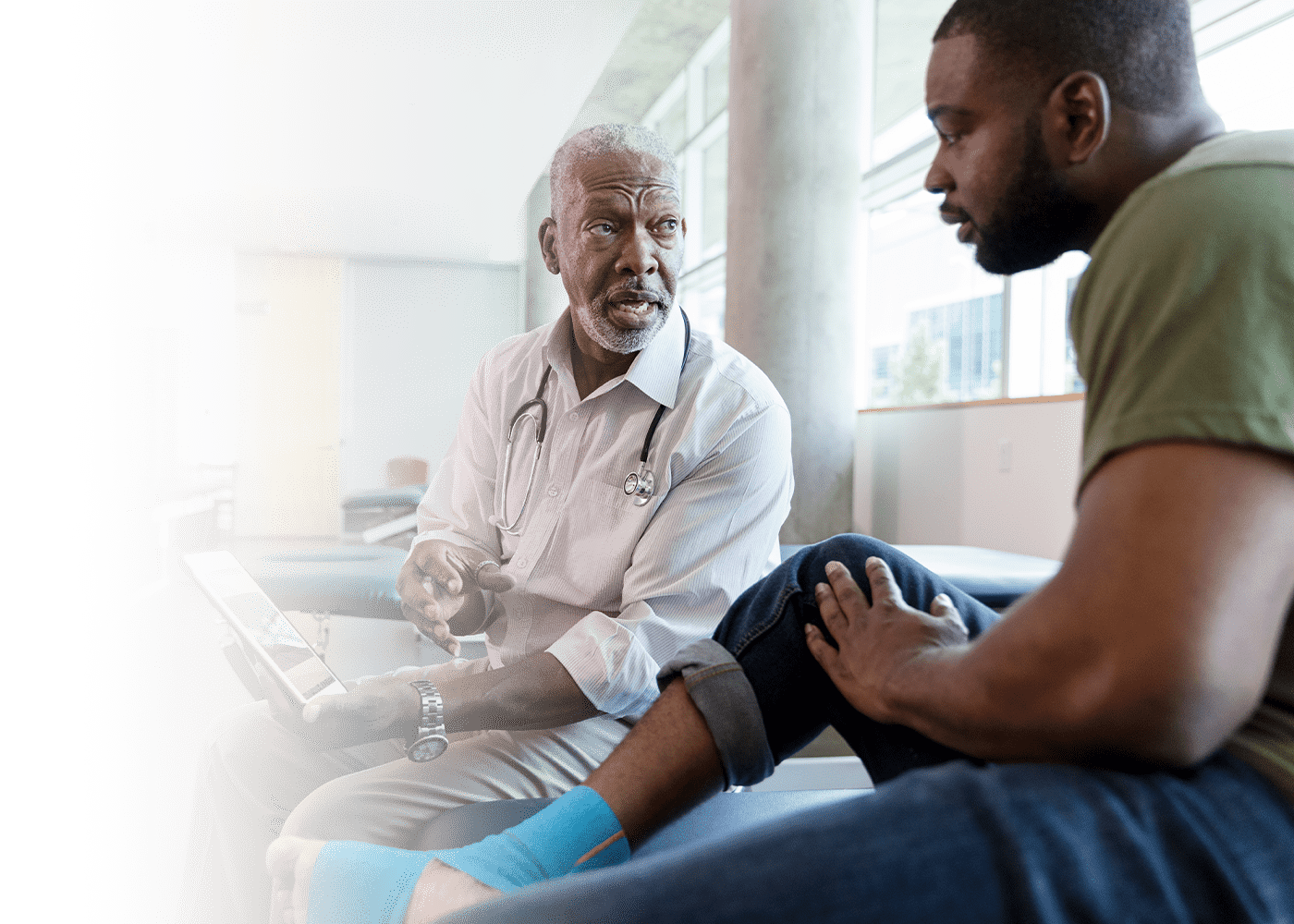
What We Offer
Our goal is to provide the highest quality services to our patients and community. We are specialists in the care of all foot and ankle conditions. We believe that prompt diagnosis, early intervention, and prevention are essential for the care and treatment of your feet. We provide a full range of podiatric medical care, including both conservative and surgical therapies. Our patients include children, teenagers, adults and the geriatric population. Conditions we treat include skin problems, bunions, heel pain, hammertoes, sports injuries, diabetic foot care, as well as common foot ailments and orthotics.
We hope you will find this website to be a useful and interesting resource for all of your concerns. Use the convenience of our website to make an appointment.